- Politics is a supreme policy of the state. It is a pillar of governance.
- To have access to governance political actors should be approved by the people via election. A great election manifesto stating vision of a party is crucial for success for any political party.
- Constitution can also act as a policy source for party.
Political structure of governance
- State’s structure (a. Federal / b. Unitary)
- Governance view (a. Presidential / b. Parliamentary)
1a. Federal governance structure
It is a system of governance in which the state territory is controlled by two levels of government. Generally, overarching national government governs issues that affect the entire country and smaller subdivisions govern issues of local concerns. Both government have the power to make laws and certain level of autonomy.
- national and state government
- National and state parliament
- local bodies
- state level governance
- state’s own law, judicial system
- state’s own policy and implementation
- protection of minority
- mutual sharing of resources among states
1b. Unitary governance structure
It is a sovereign state governed by a single entry. The central government is supreme and the administrative division exercise only powers that the central government has delegated to them. It delegates authority to sub national units and channels policy decisions down to them for implementation.
- Central policy and law is supreme and runs the whole stage
- limited power and authority given to local bodies
- limited power to local bodies for using resources, collecting taxes and use
- no local government or parliament
- central judicial system
2a. Presidential governance system
A presidential system is a republican system of governance where a head of the government is also the head of the  state and leads an executive branch that is separate from the legislative branch. President is directly or indirectly elected by people. Council of ministers is selected by president and ministers should not necessarily be member of parliament. Council of ministers is responsible to the president. President can only be impeached by two third majority of the parliament in most cases.
state and leads an executive branch that is separate from the legislative branch. President is directly or indirectly elected by people. Council of ministers is selected by president and ministers should not necessarily be member of parliament. Council of ministers is responsible to the president. President can only be impeached by two third majority of the parliament in most cases.
2b. Parliamentary governance system
It is a system of democratic governance of a state in which the executive branch delivers its democratic legitimacy from and is held accountable to the legislature; the executive and legislative branches are thus interconnected. In this system the head of the state is normally a different person from the head of the government. Prime minister is selected by parliament and head of state/president is only a titular head. Prime minister holds all the power related to the governance. This system is strong when a single party has majority but lack of majority may lead to unstable governance and hung parliament.
Bodies under political governance system
- Head of state: In parliamentary system either prime minister becomes the head of state or president is the titular head of state. In presidential system president is the head of state. Other head of the state many me monarch in a constitutional monarchy.
- Head of government: Head of government is generally second in charge of the governance. In parliamentary system prime minister is the head of state and is very powerful.
- Council of ministers: It is a group of common institution which is responsible for governance. It is collection of prime ministers, ministers, state ministers etc and is responsible for decision making concerning the running of the state.
- Parliament: Parliament is responsible for policy and law formulation. These laws will ultimately run the state. It is also responsible for choosing prime minister. It is a place where peoples’ voices are represented via elected parliamentarian. It also conducts parliamentary oversight mechanism via various thematic committee concerning with various areas.
- Local bodies: It stays close to the people and serve the people. It is a place for democratic exercise. It is responsible for solving local problems and conduct local developmental work. It can be based on district, zone, village, ward, city etc.
- Political parties: Political parties are responsible for providing leadership for governance. They are in direct contact and communication with the civilians and have the maximum knowledge about what locals want. They act as a bridge between government and people.
Administrative structure of governance
Administrative structure of governance is one of the most important structure of governance as it is the mechanism by which government services are delivered to public. Strong, competitive, public oriented, and responsible administrative structure is desirable. It is responsible for providing suggestion during policy formulation and implement the accepted policy for development.
- Central administrative structure: Directly connected to government and is center for policy formulation, decision and directive for implementation of such policy. Bodies like ministries, commission, secretariat, department etc are its examples.
- Regional administrative structure: It looks after the development process, services delivery and security of certain area. It acts as a bridge between local and central bodies.
- Local administrative structure: It implements policies formulated by center and works in direct service delivery and development process.They are close to public and have direct people contact. Success or failure of this body is directly related with the success or failure of center and government as a whole. Bodies working on city, district, VDC etc are local bodies.
Suggestion for strong governance system
- Democratic governance system
- Presidential or parliamentary system but political stability is important
- Periodic election
- Right size council of ministers taking in to account the needs, resources etc.
- Highly representative council of ministers with ministers expert in their field
- Head of state/government with long term vision
- Parliament formation which reflects representative system and also ensures the participation of indigenous groups
- Parliament committee formation with experts on the related field
- Formation of regional/local bodies according to geography, resources and cpacity
- Right size local body formation and timely local bodies election.
Federal governance system
It envisions small and efficient lead central governance. Central governance works on national policy, security system, monetary policy and international relation whereas local government handles other aspects.
- It seeks to provide access and participation of minorities
- Federal states are autonomous
- Weak central government is not desirable. Provision of intervention by center for unlawful act by state in necessary.
- Clear demarcation of power and working area is desirable. Representation of state’s representative at center is necessary.
Improving governance system
- Lean and competent central administrative structure
- Focus on national interest via policy formulation, monitoring, evaluation etc
- Expert wing on various level of governance
- Information networking among various administrative structures
- Devolution and delegation of poser
- Coordination between central and regional structures
- Formation of problem troubleshooting groups in regional level
- Adequate workforce in local bodies with skill and access to technology
- public hearing
- Adequate resources to conduct daily business
- Power to conduct business relating to local problems by local bodies

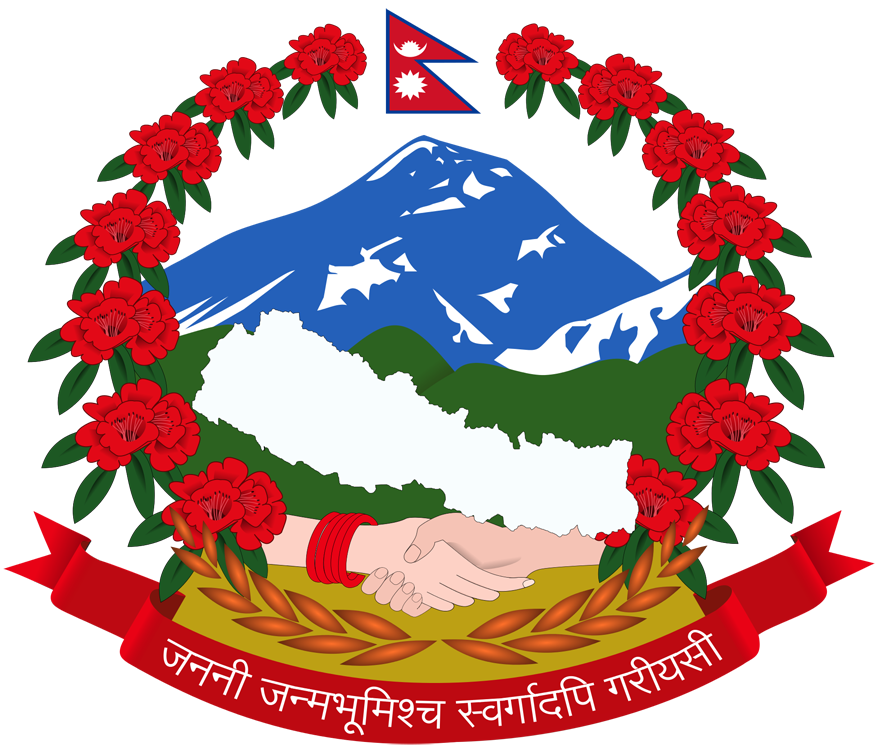
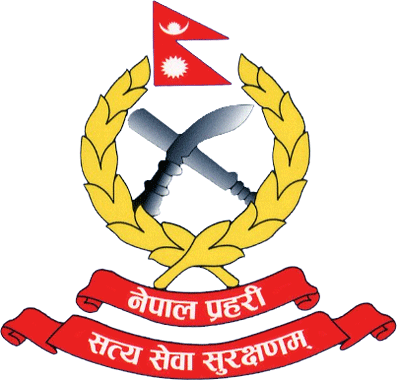
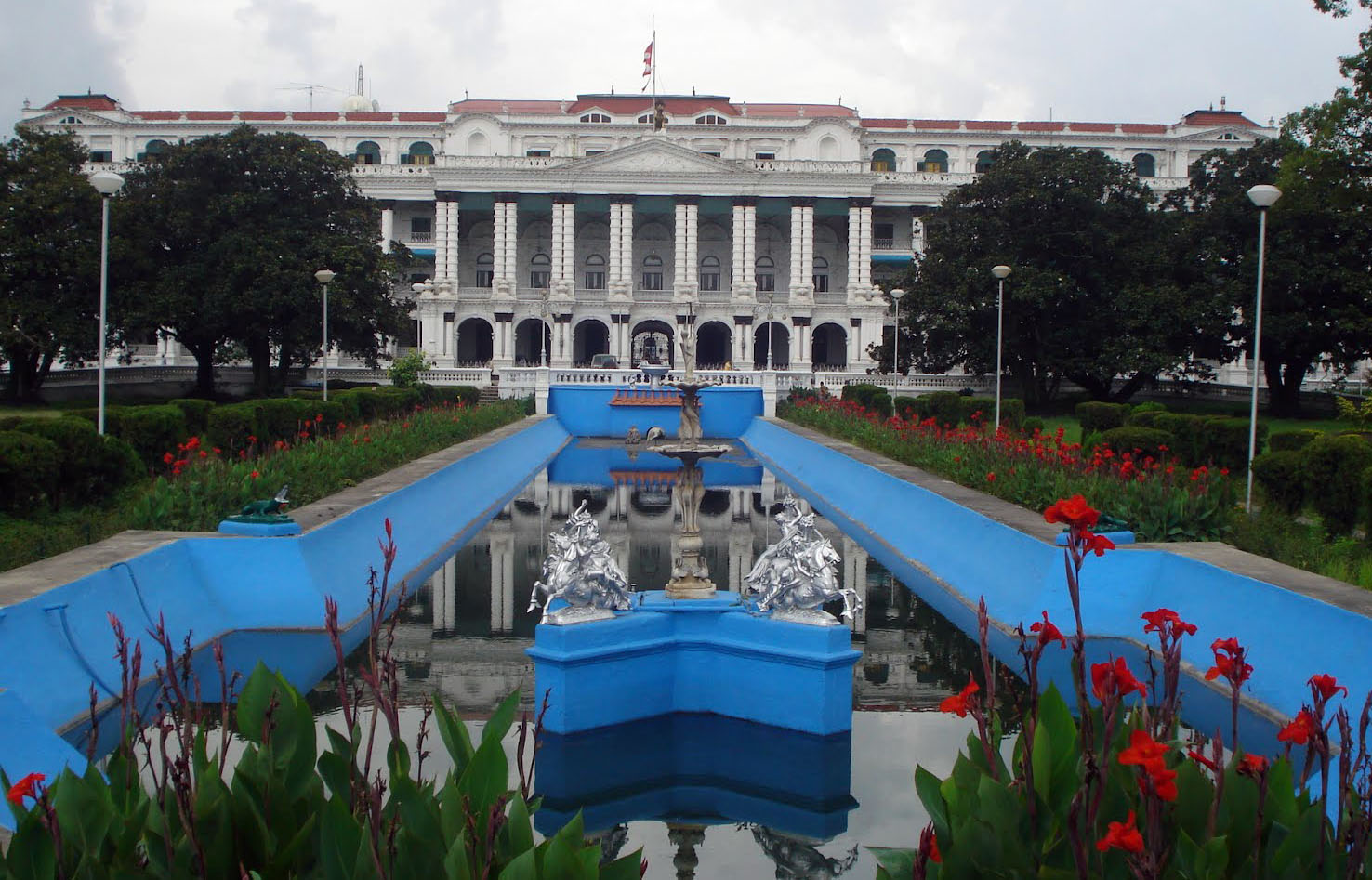



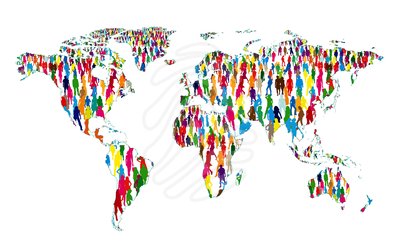

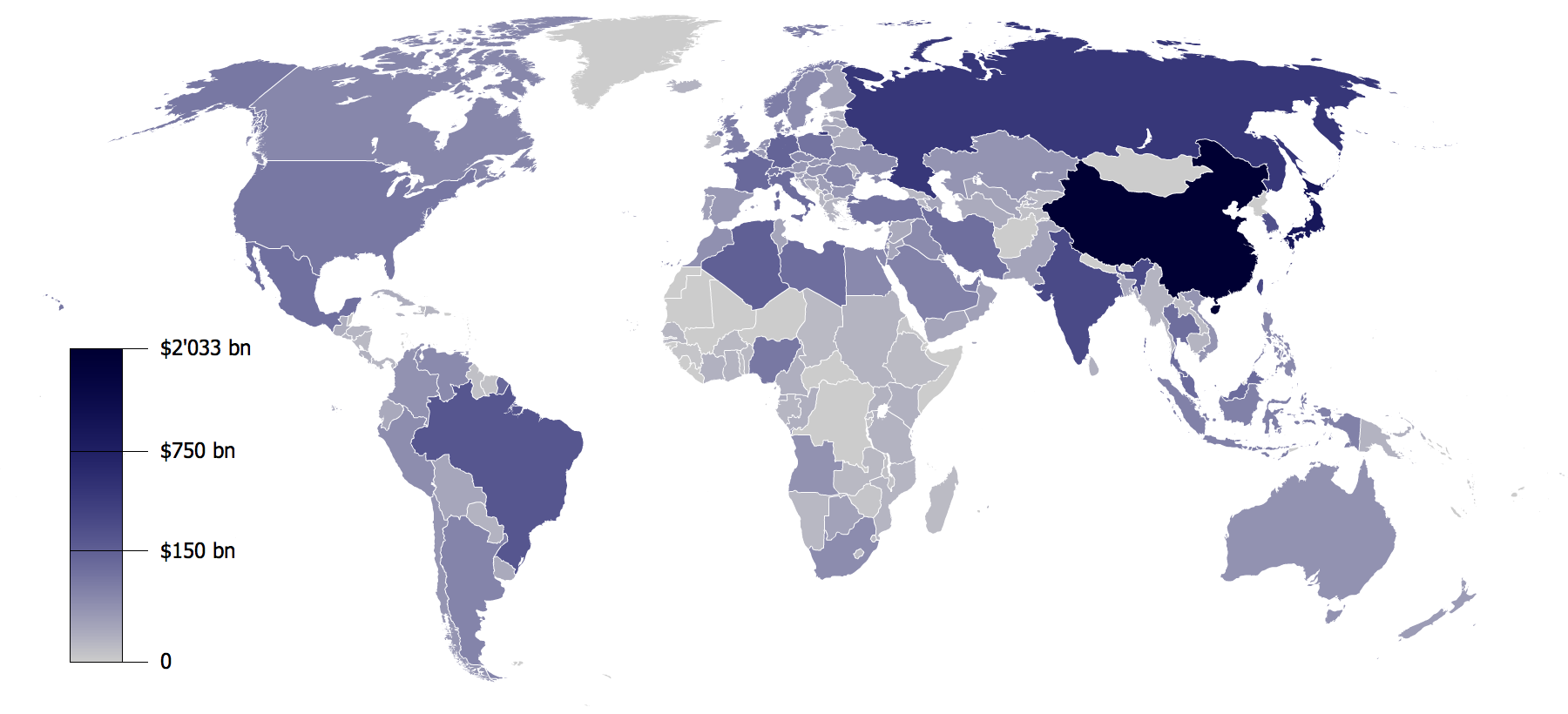
nepalima pani post garna mildaina ??
There are many books available in Nepali so we are trying to publish material in English.
how to download this?
Thank you for your effort to provide materials in english
Pages are immensely helpful.I wish we,loksewa aspirants had learning materials,books in english too.
Please post everything needed in english only because i’m feeling too much dificulty to understnd in Nepali ok
Very useful materials. But, details seem short. It would be helpful for us if we could study more details on all the topics.
If a governance system is improved than it ll b strong i guess so what is the difference between improving governance system and suggestion for strong governance system.